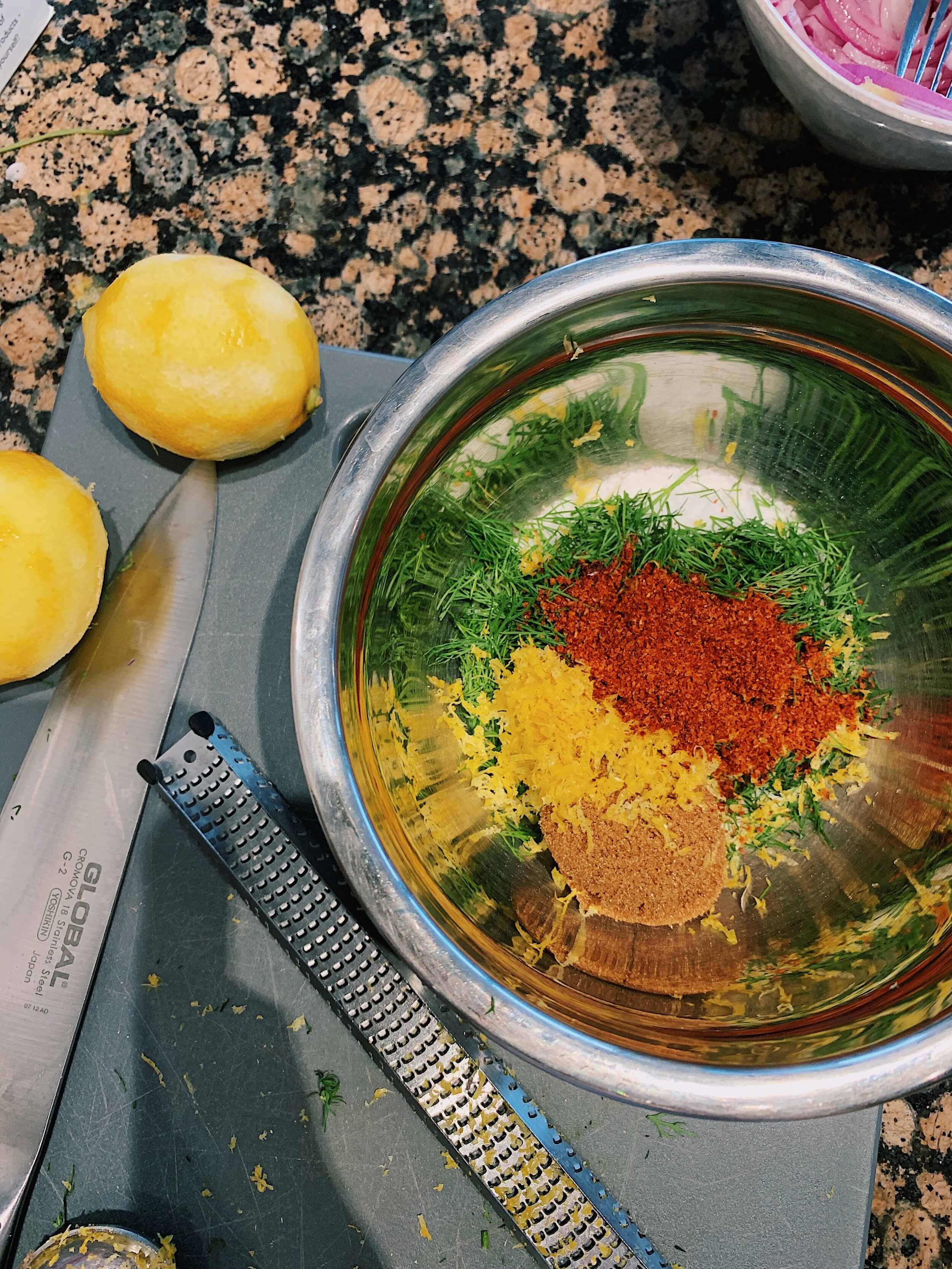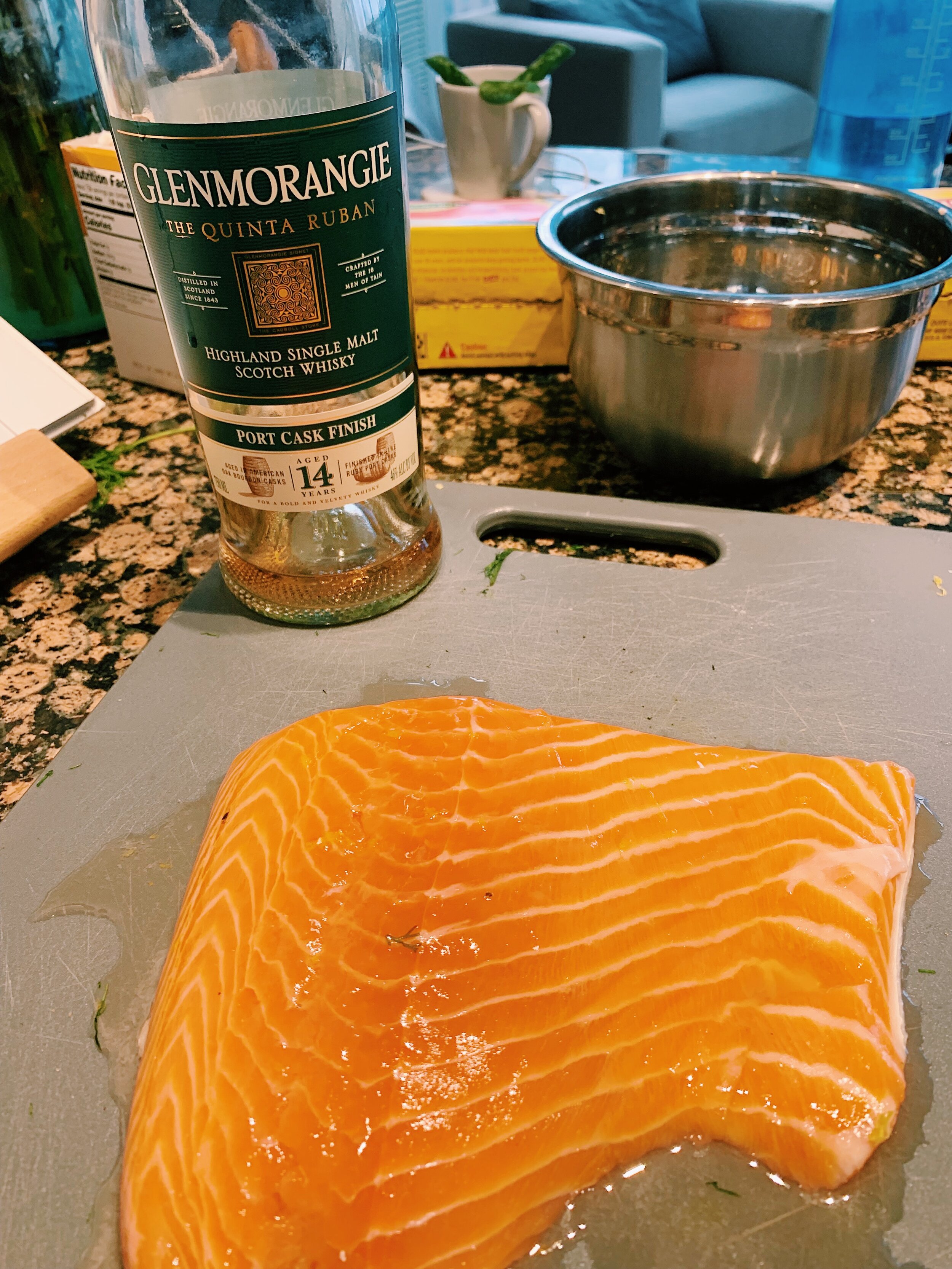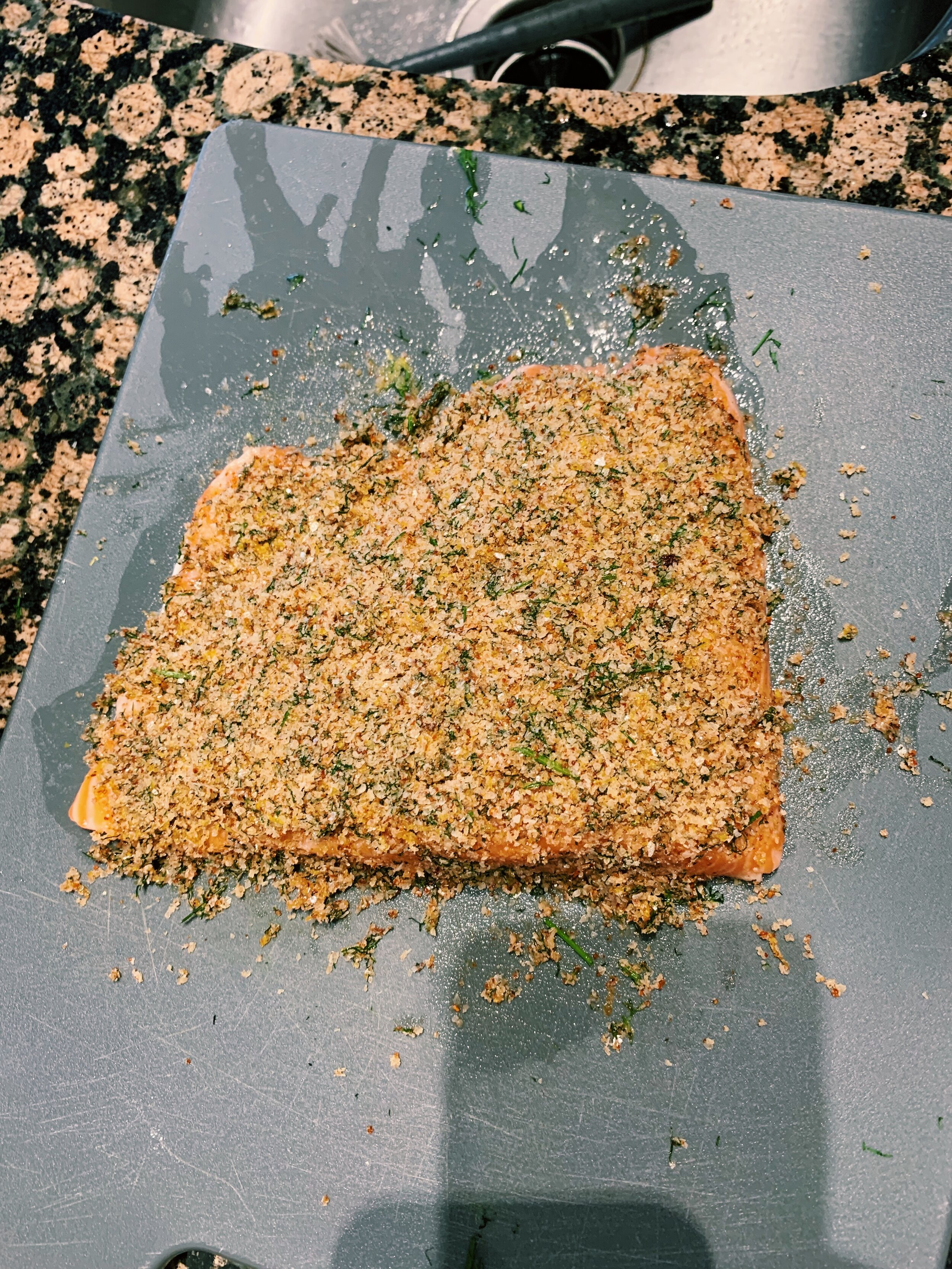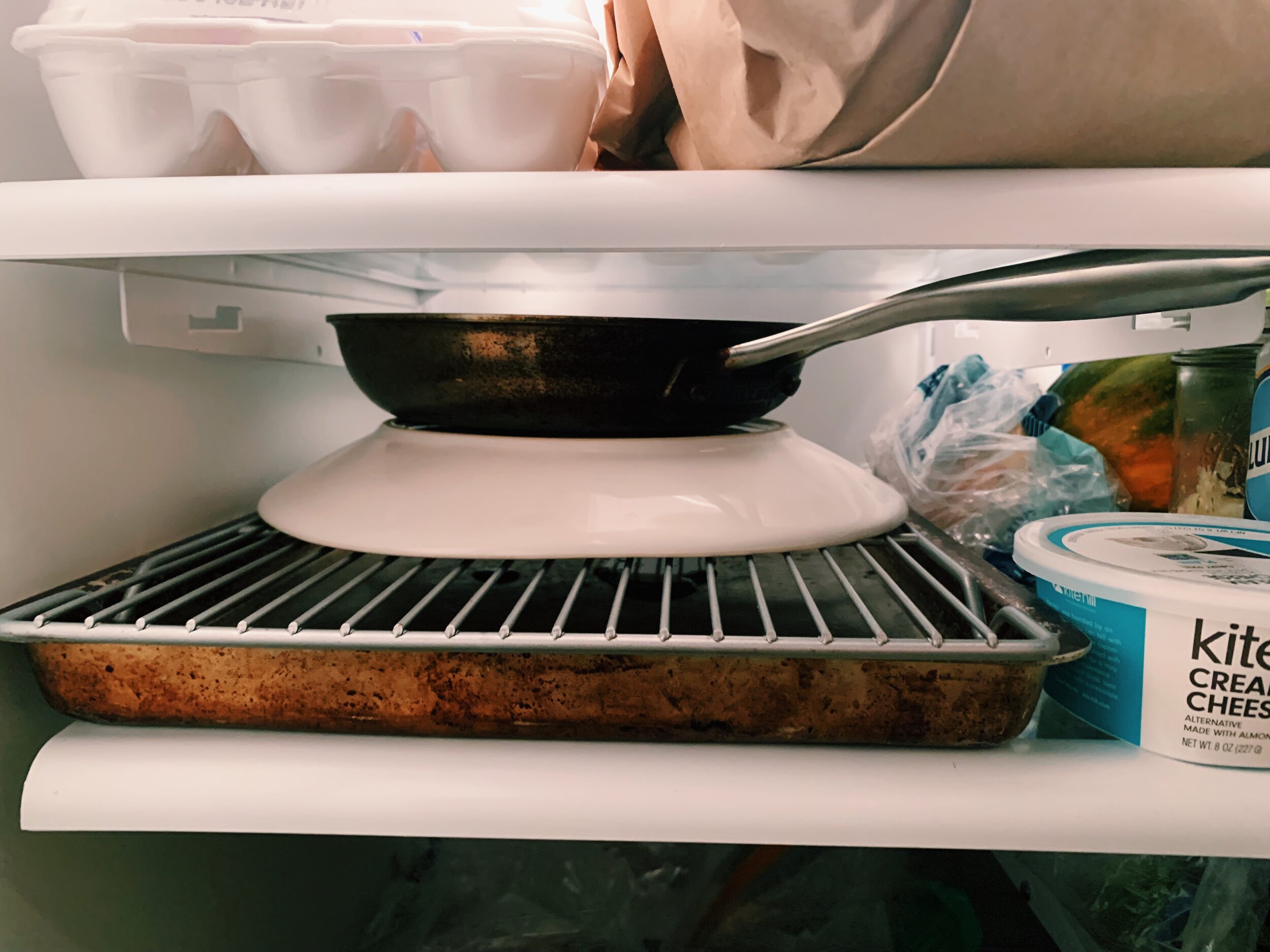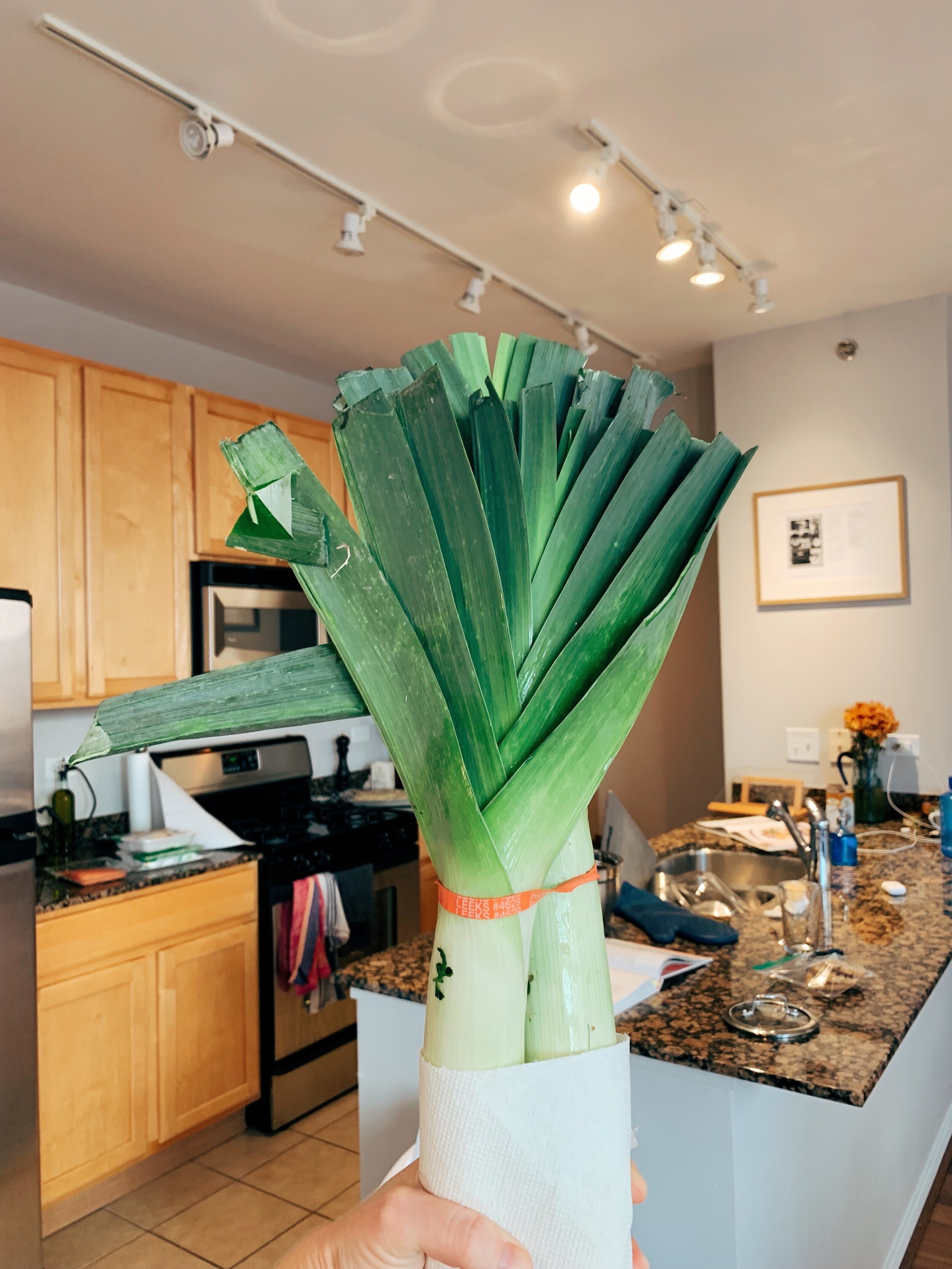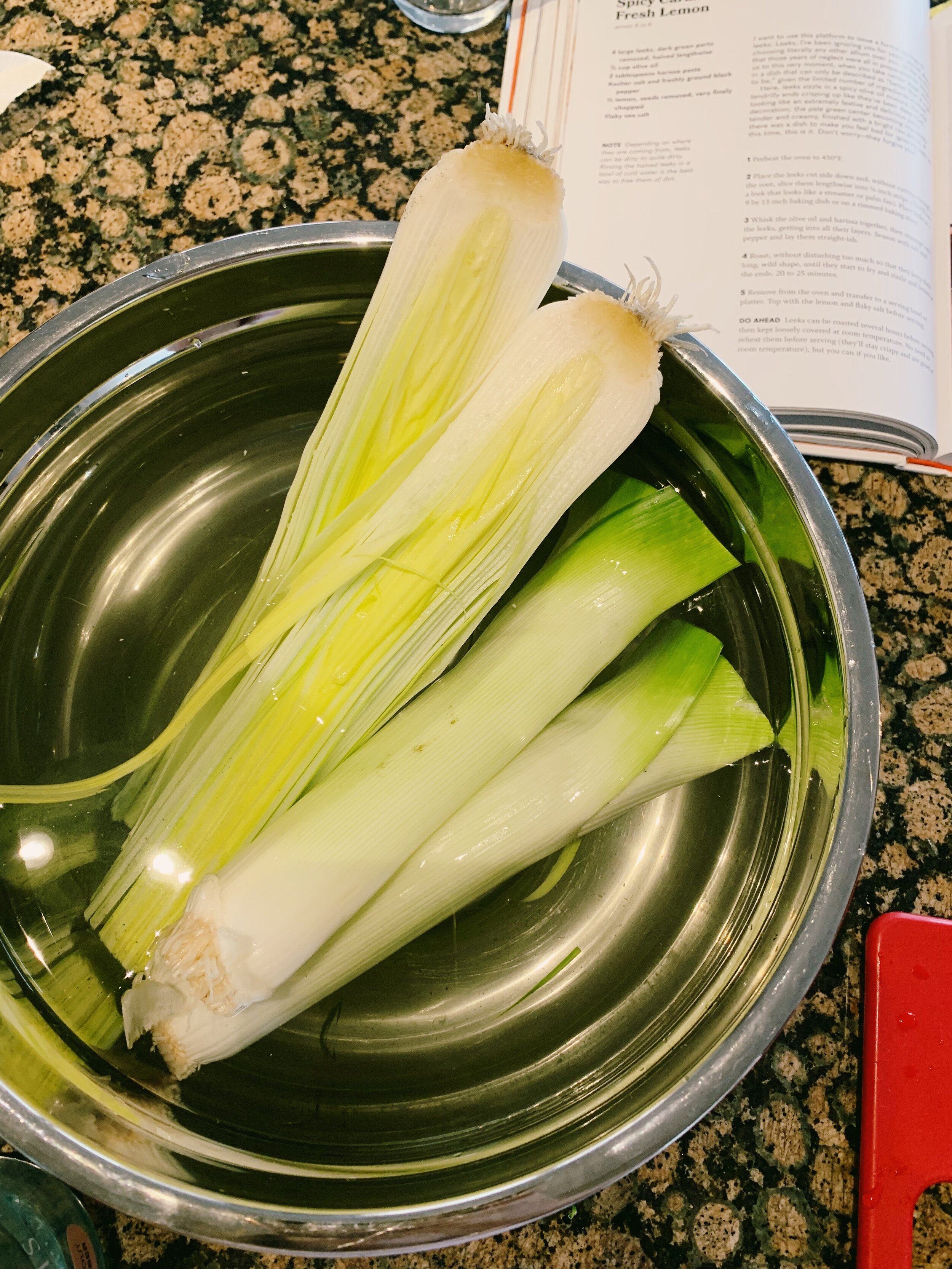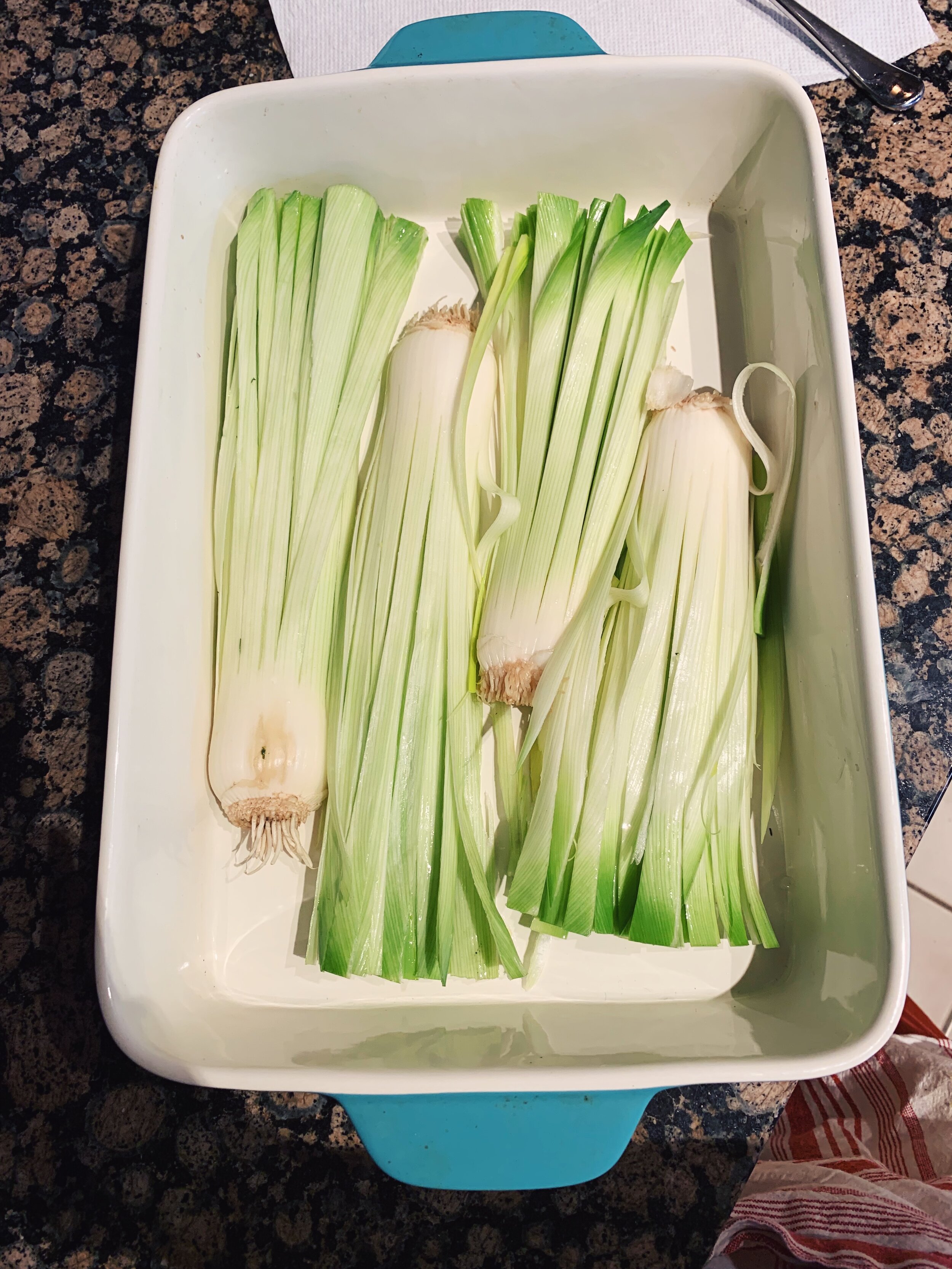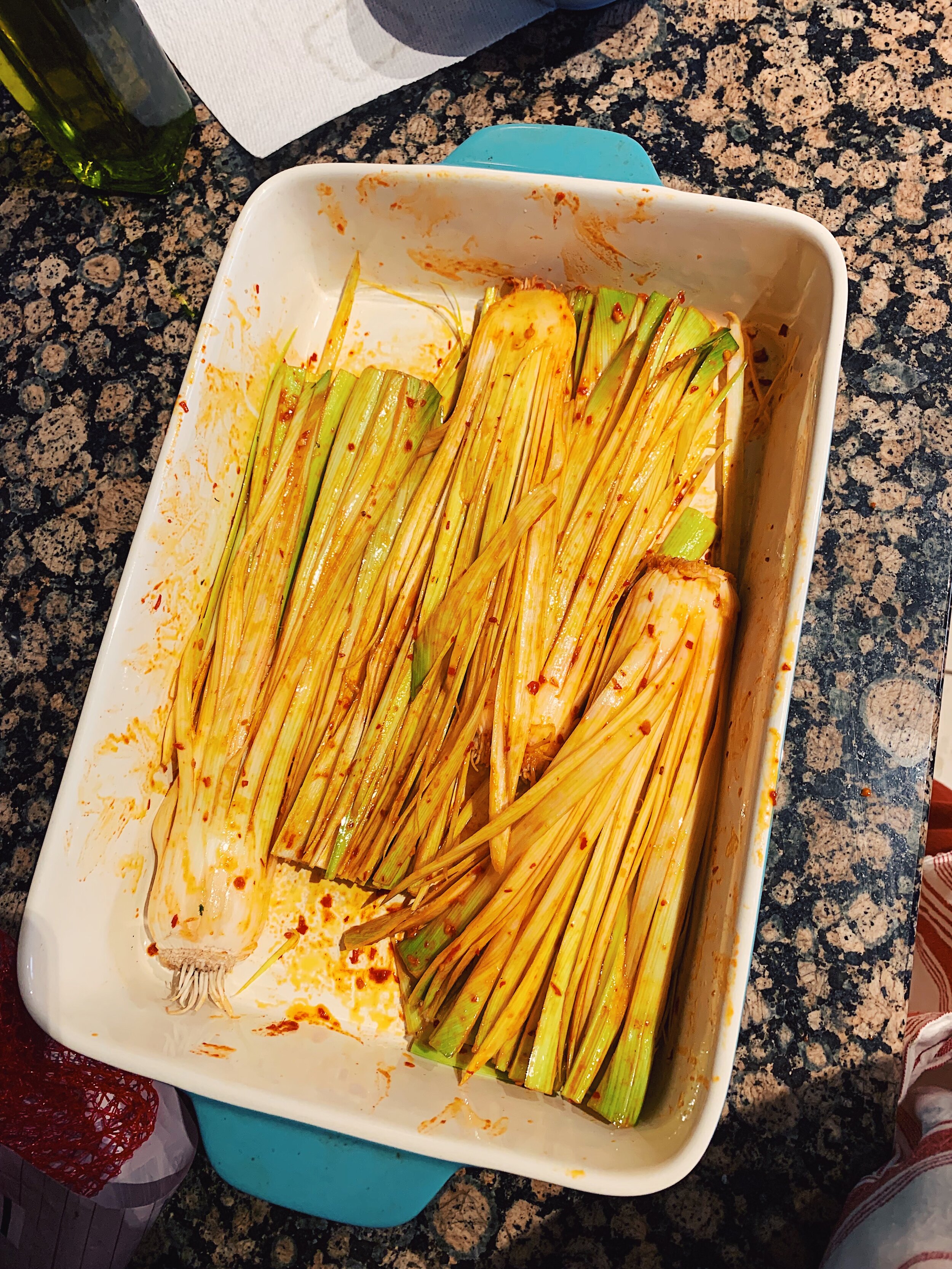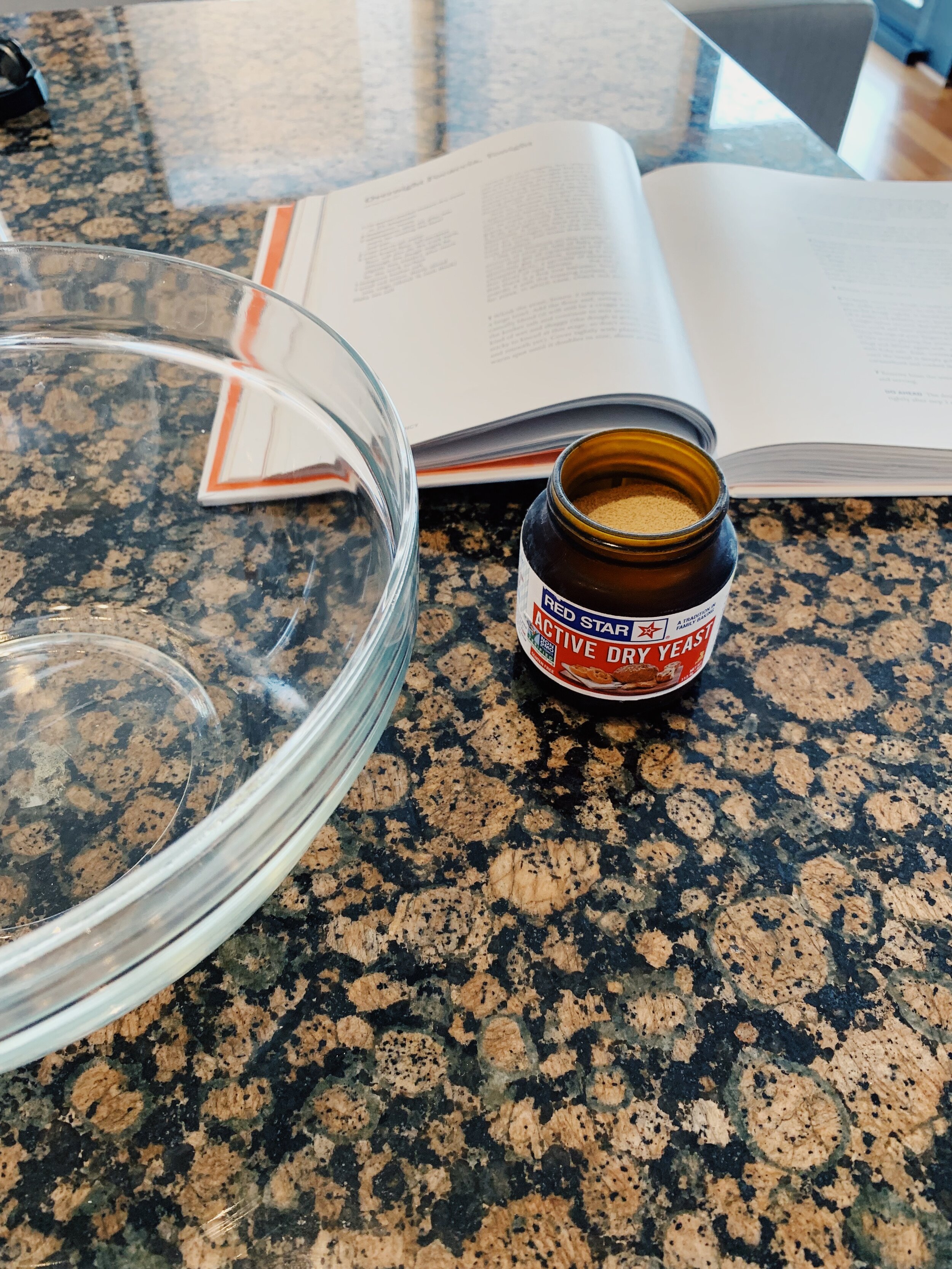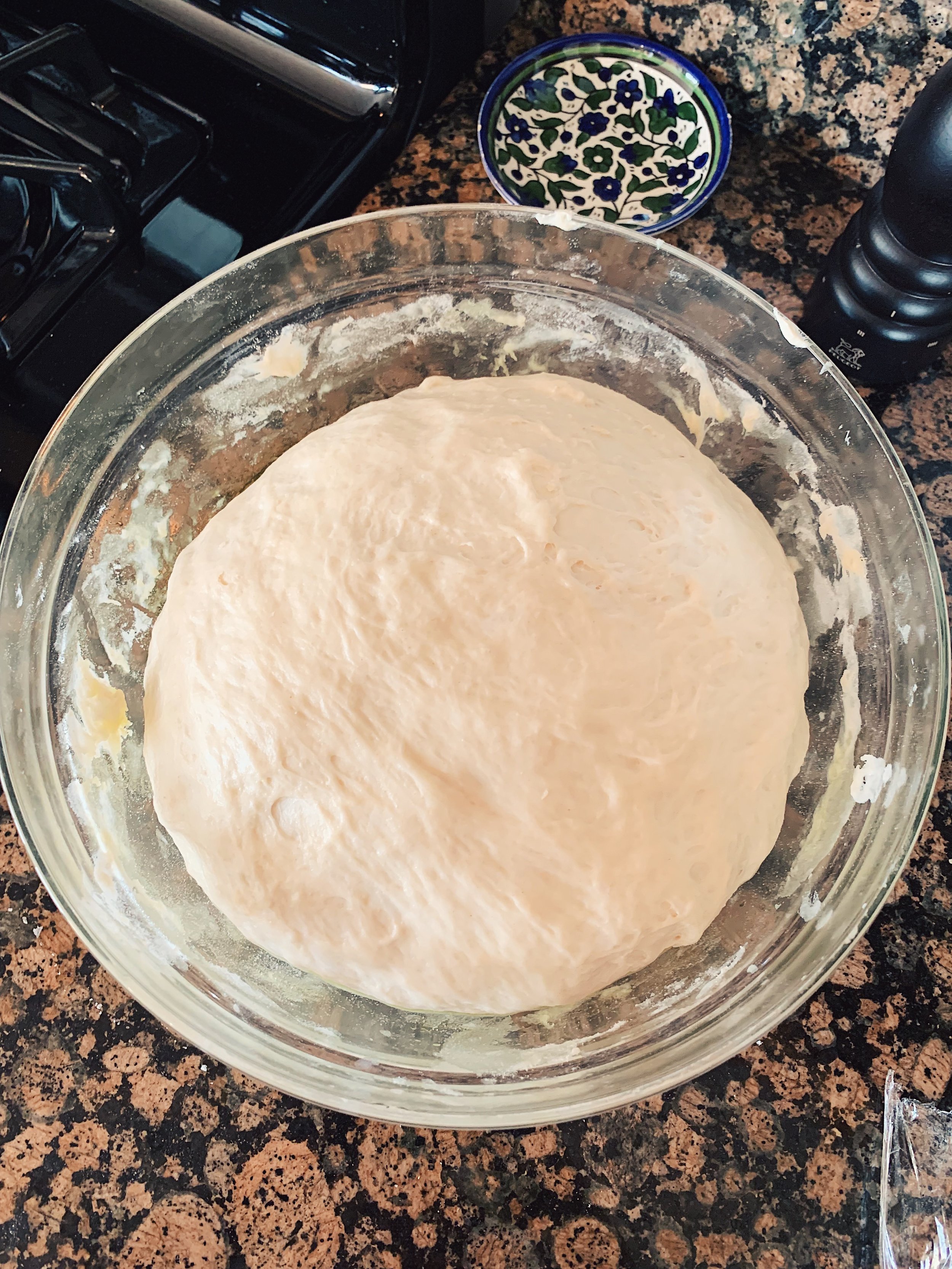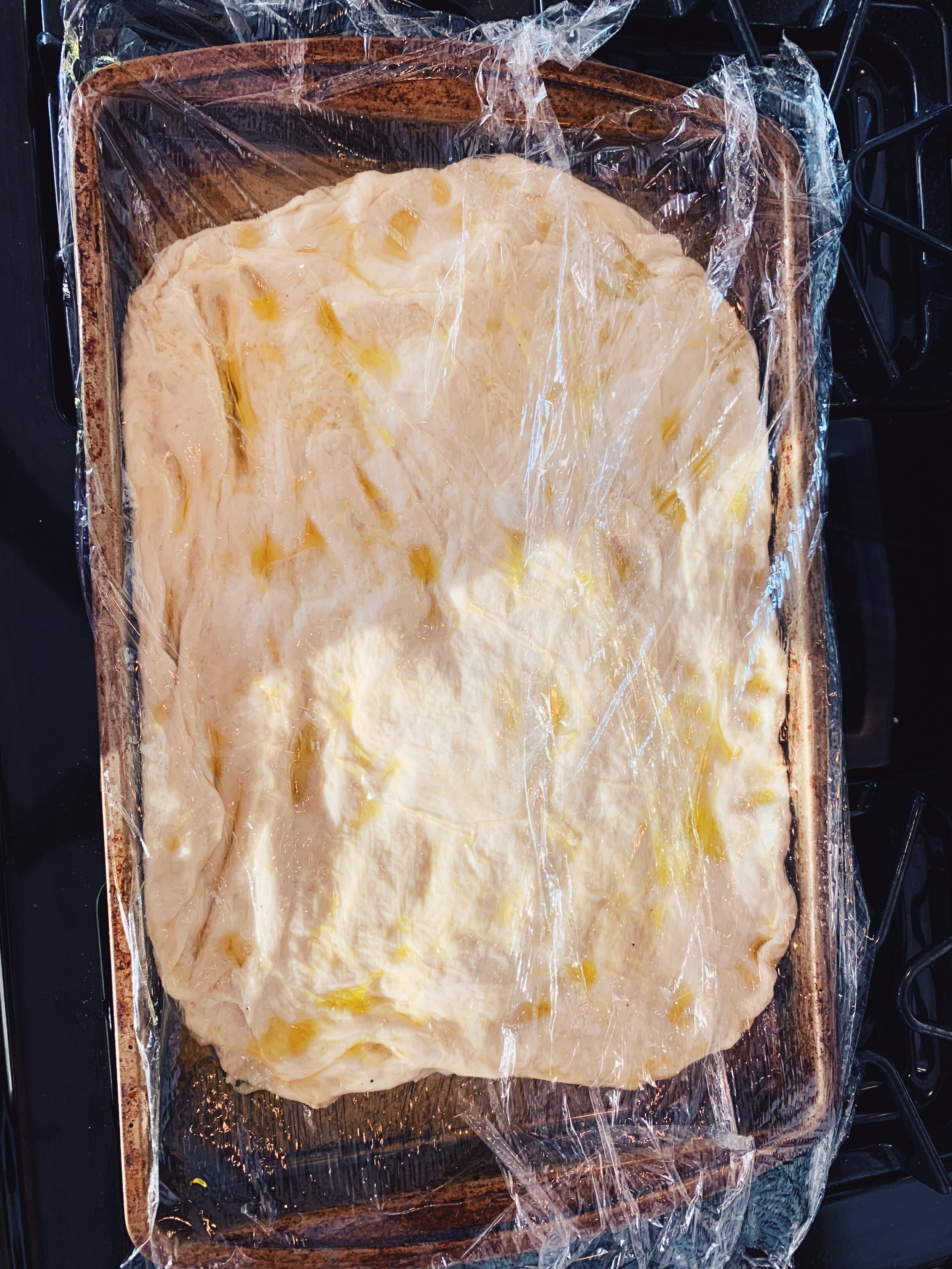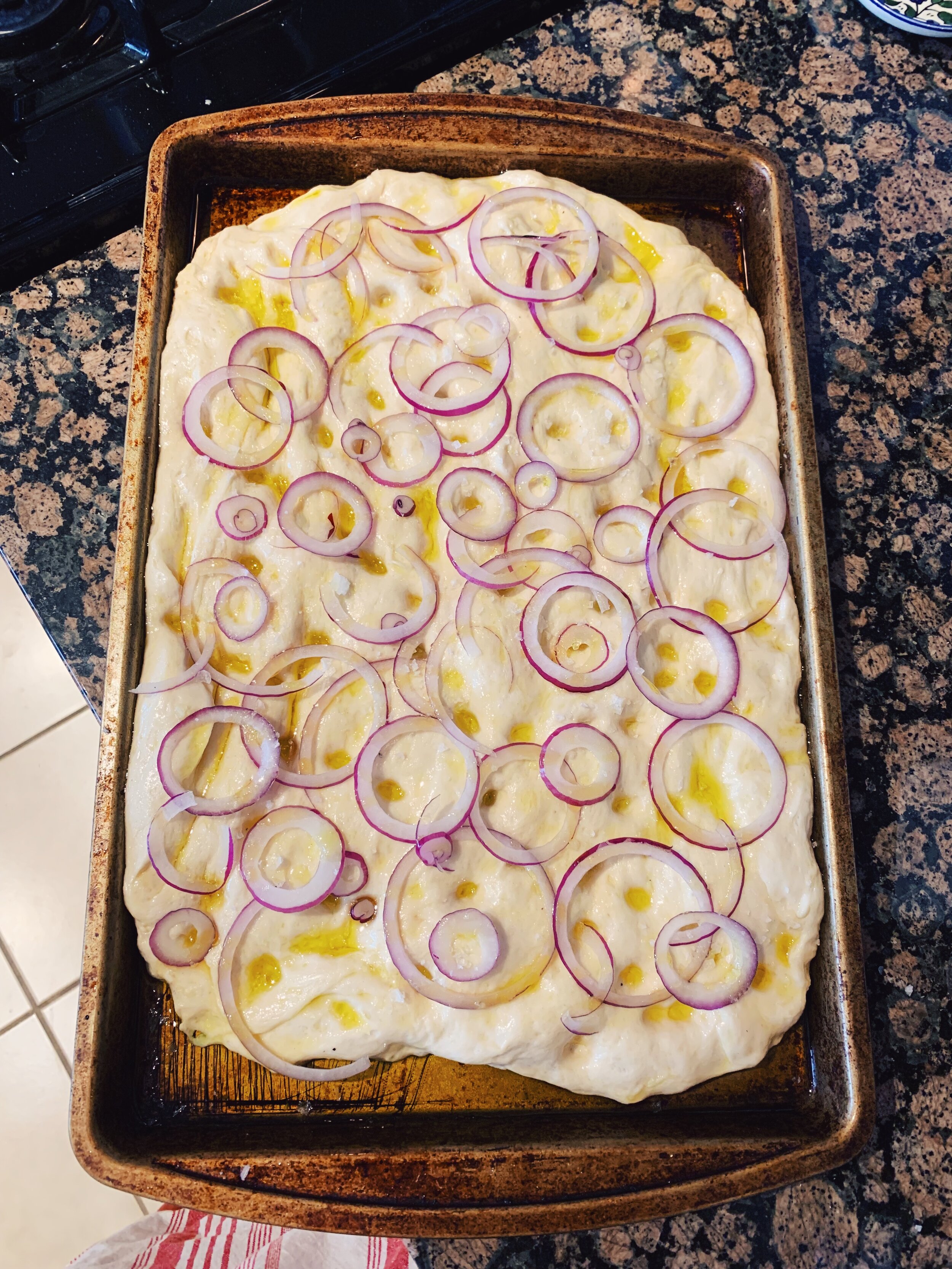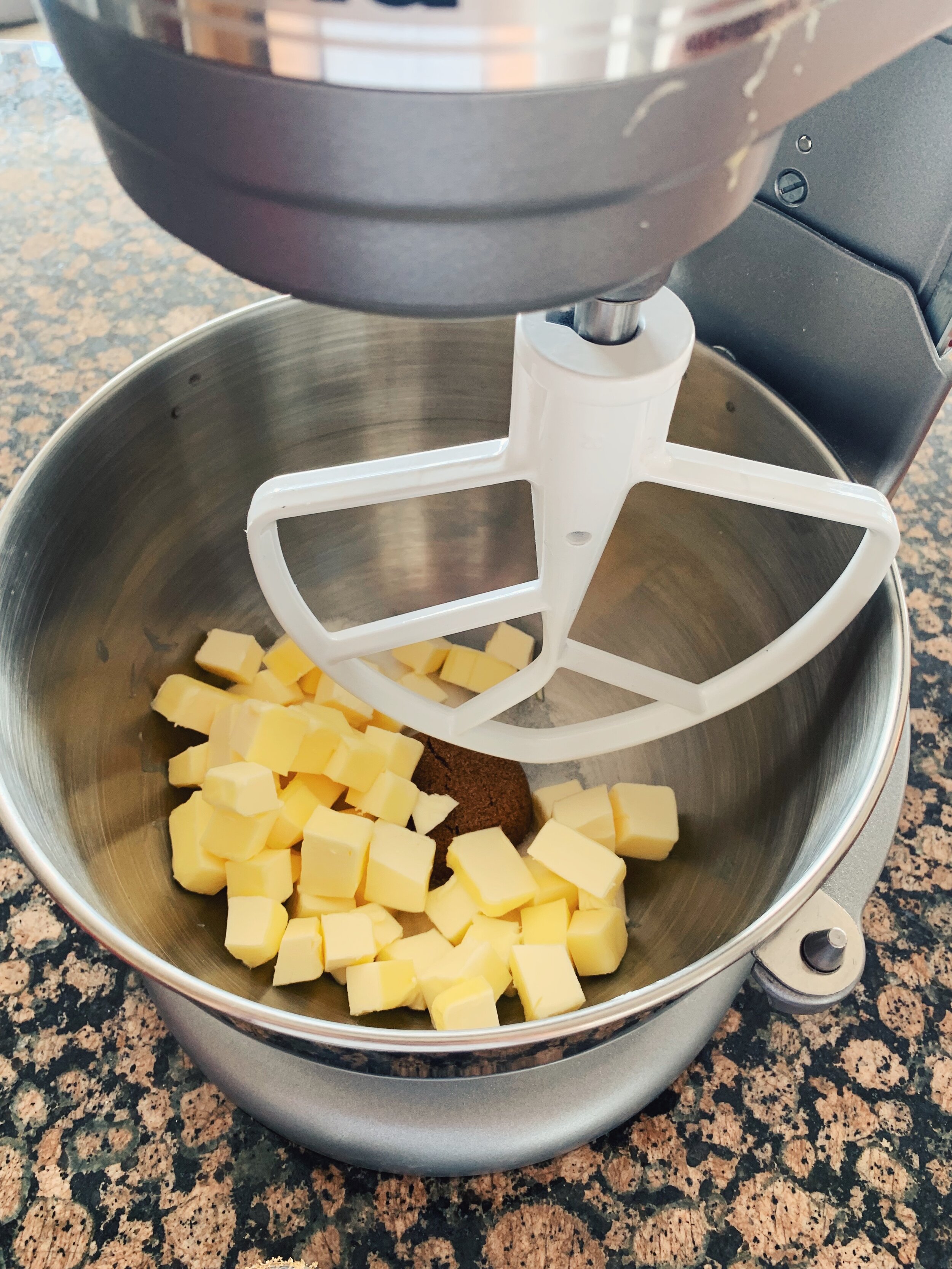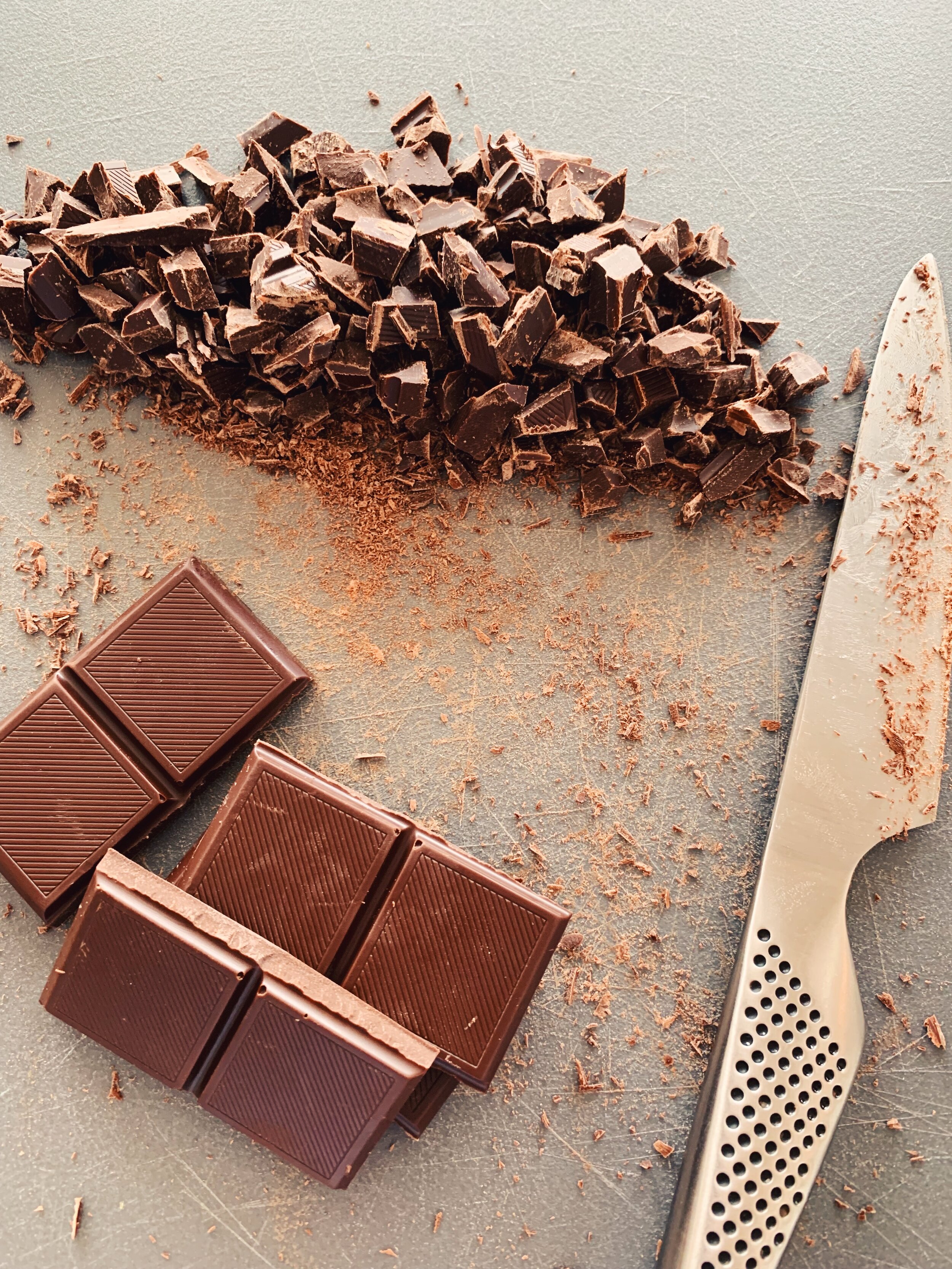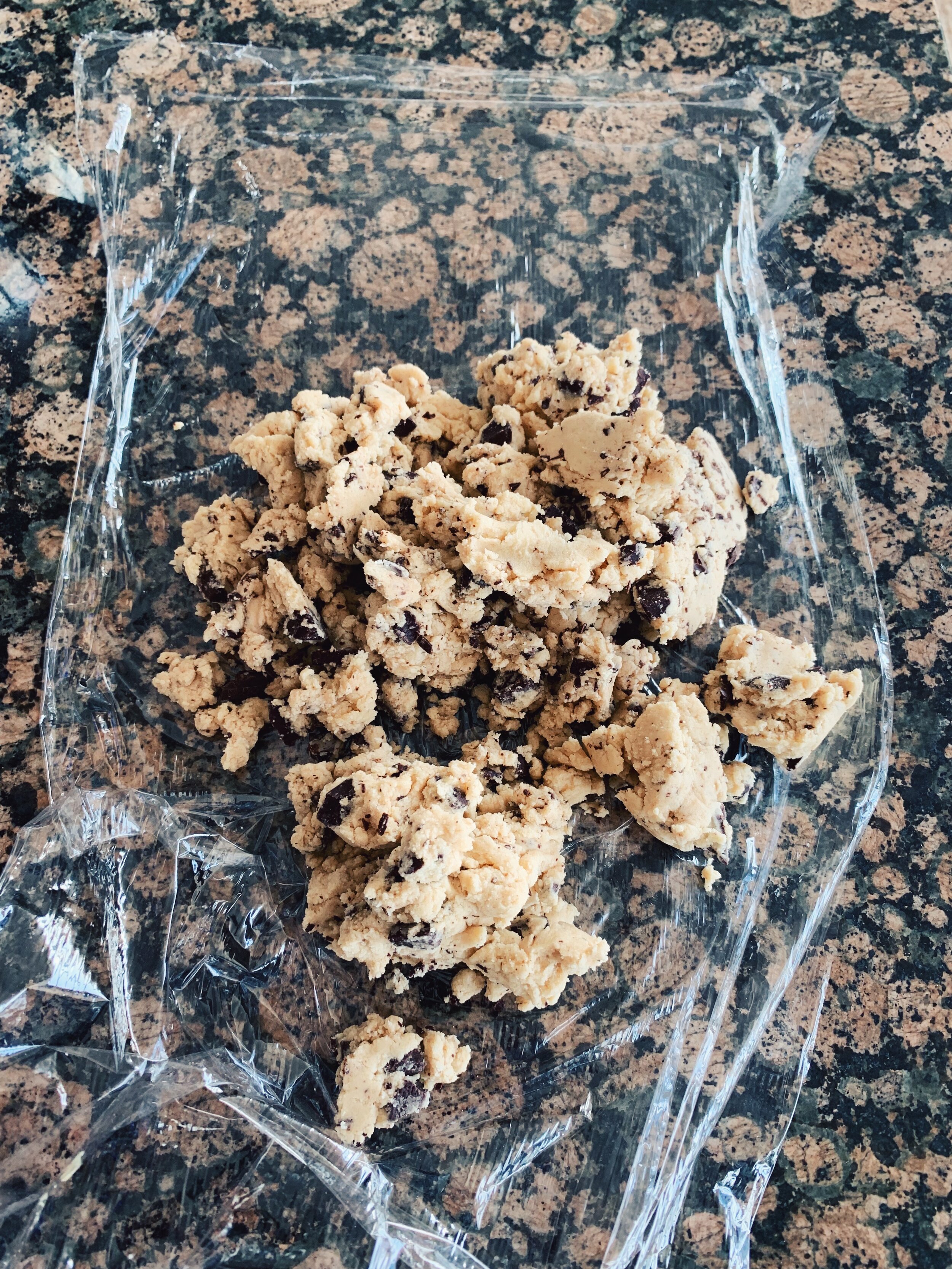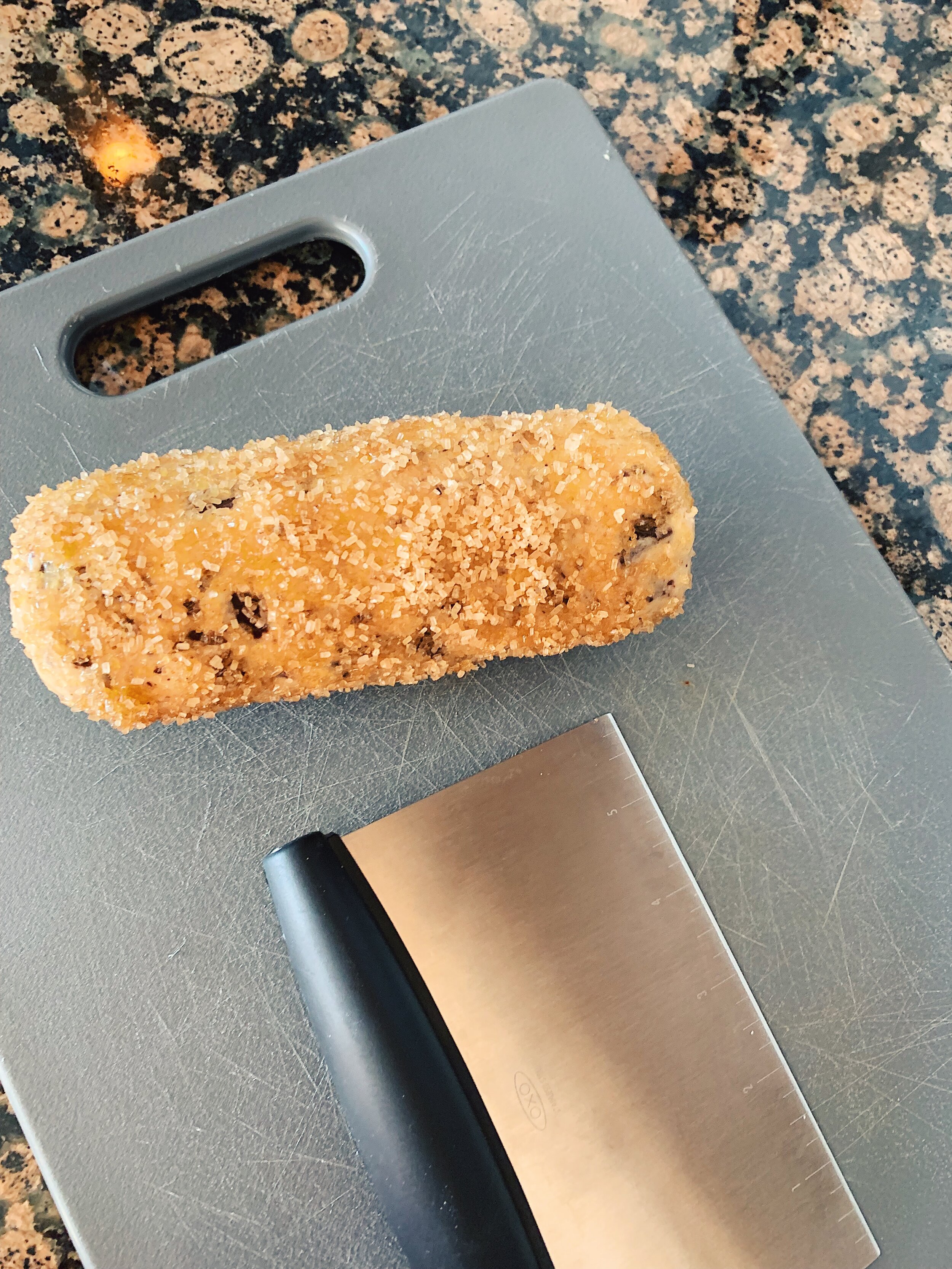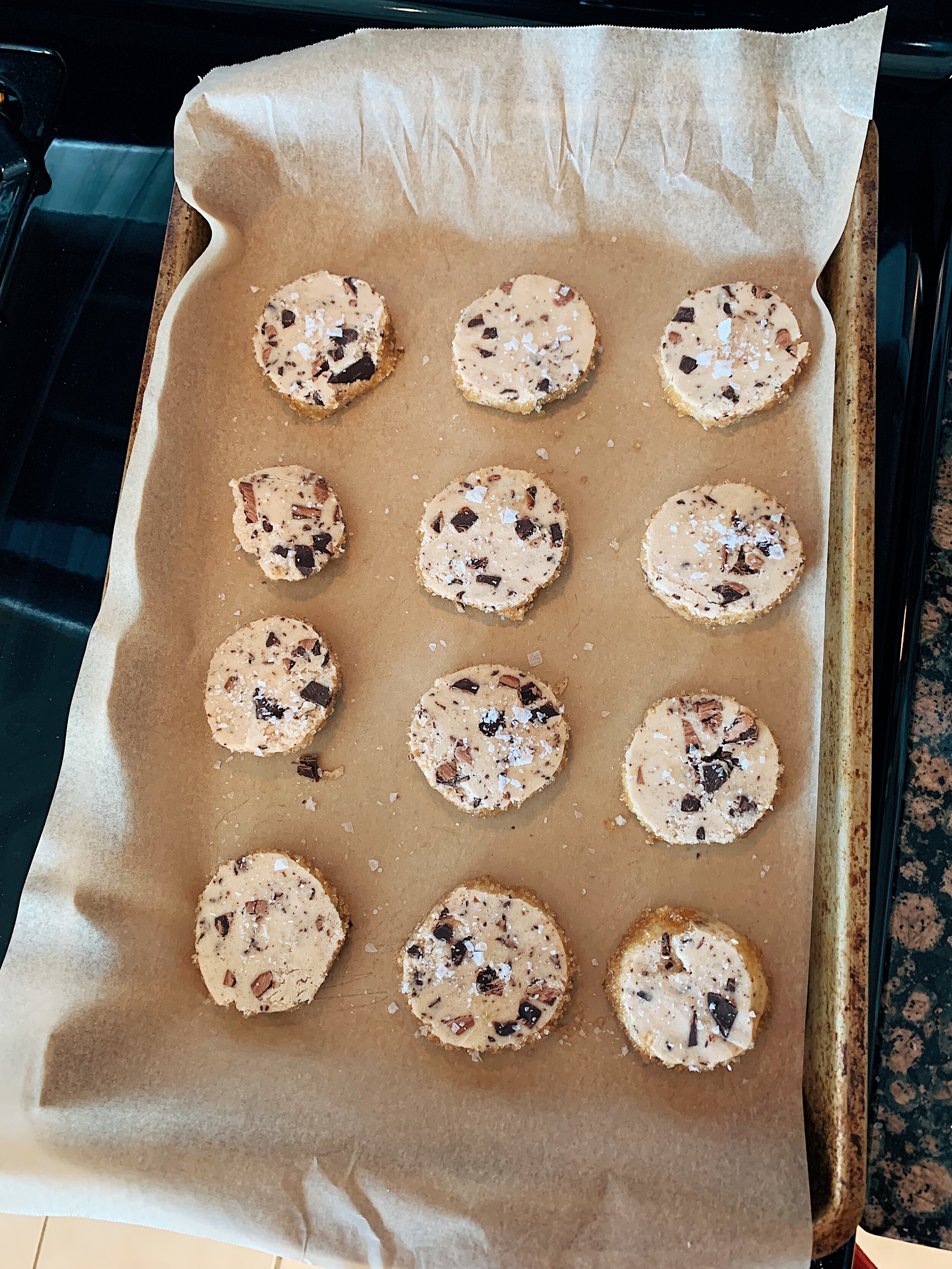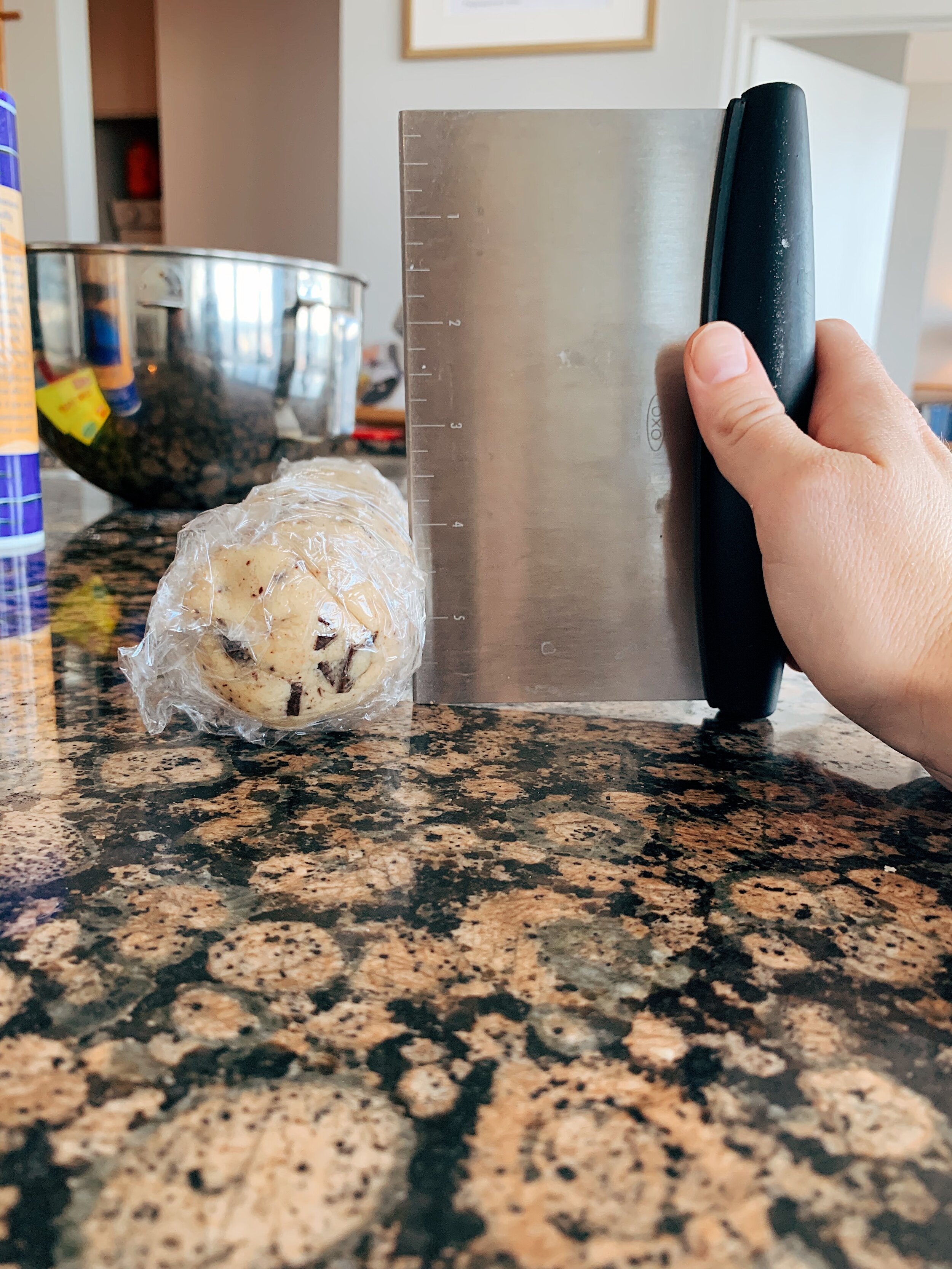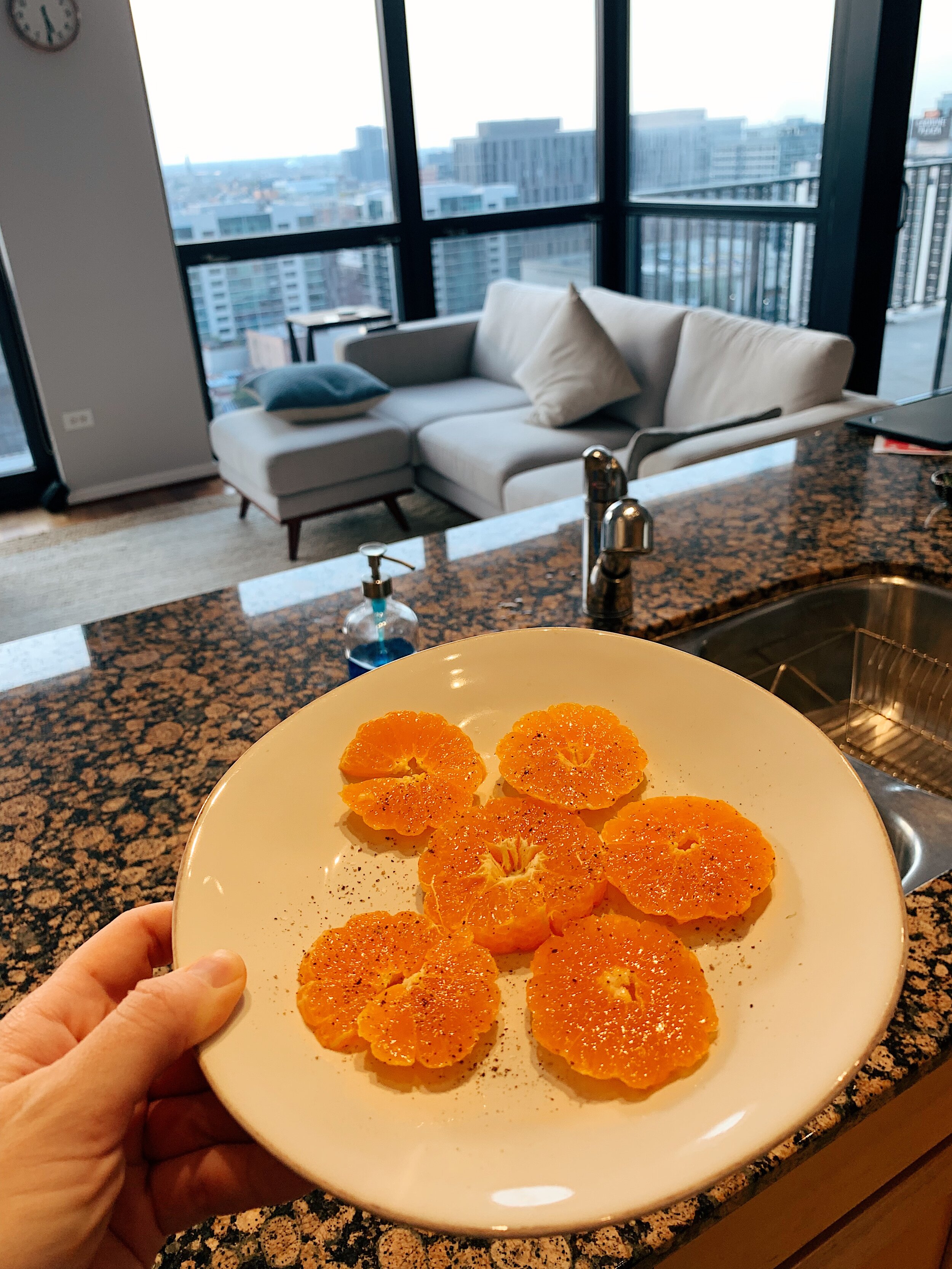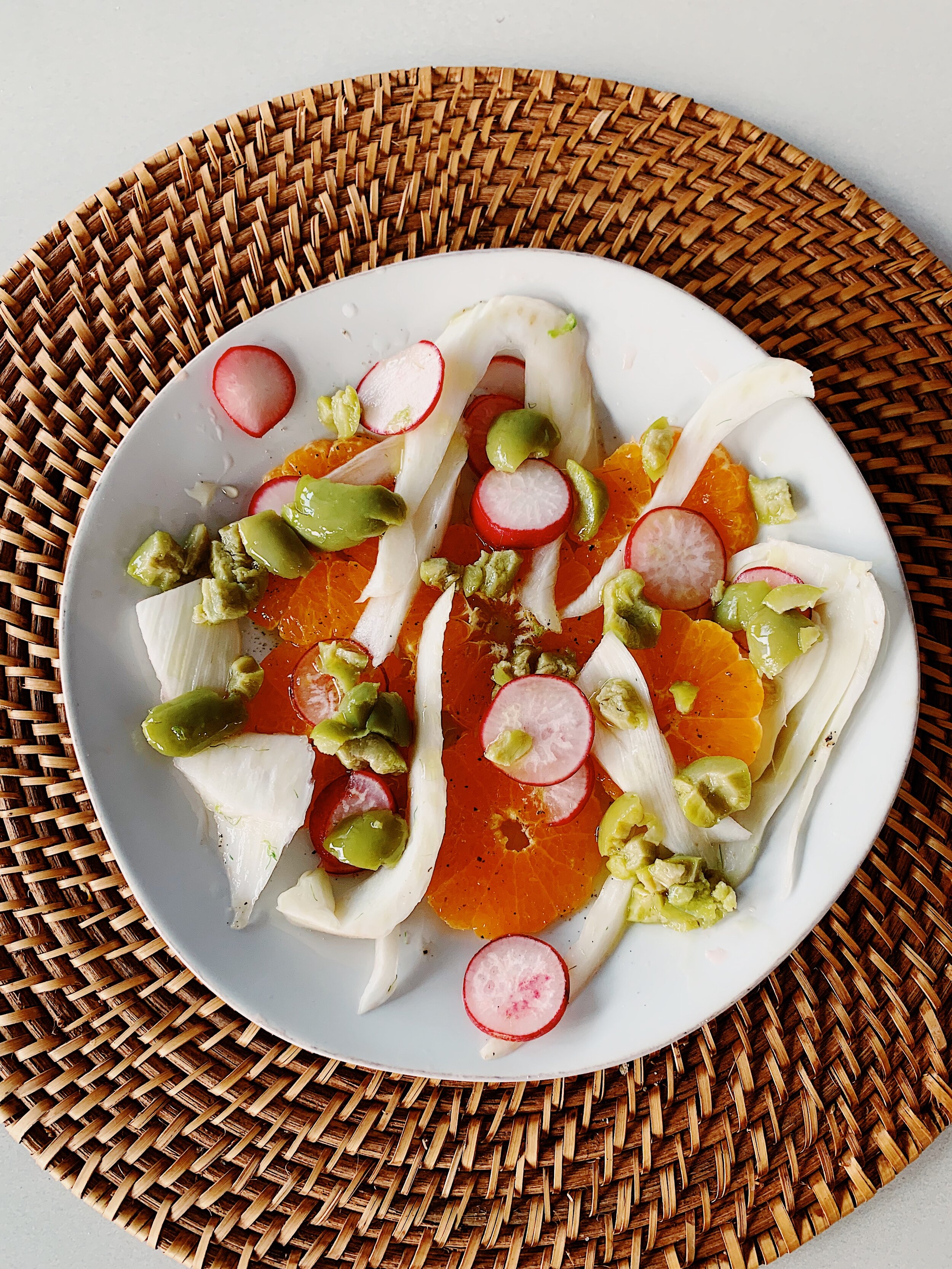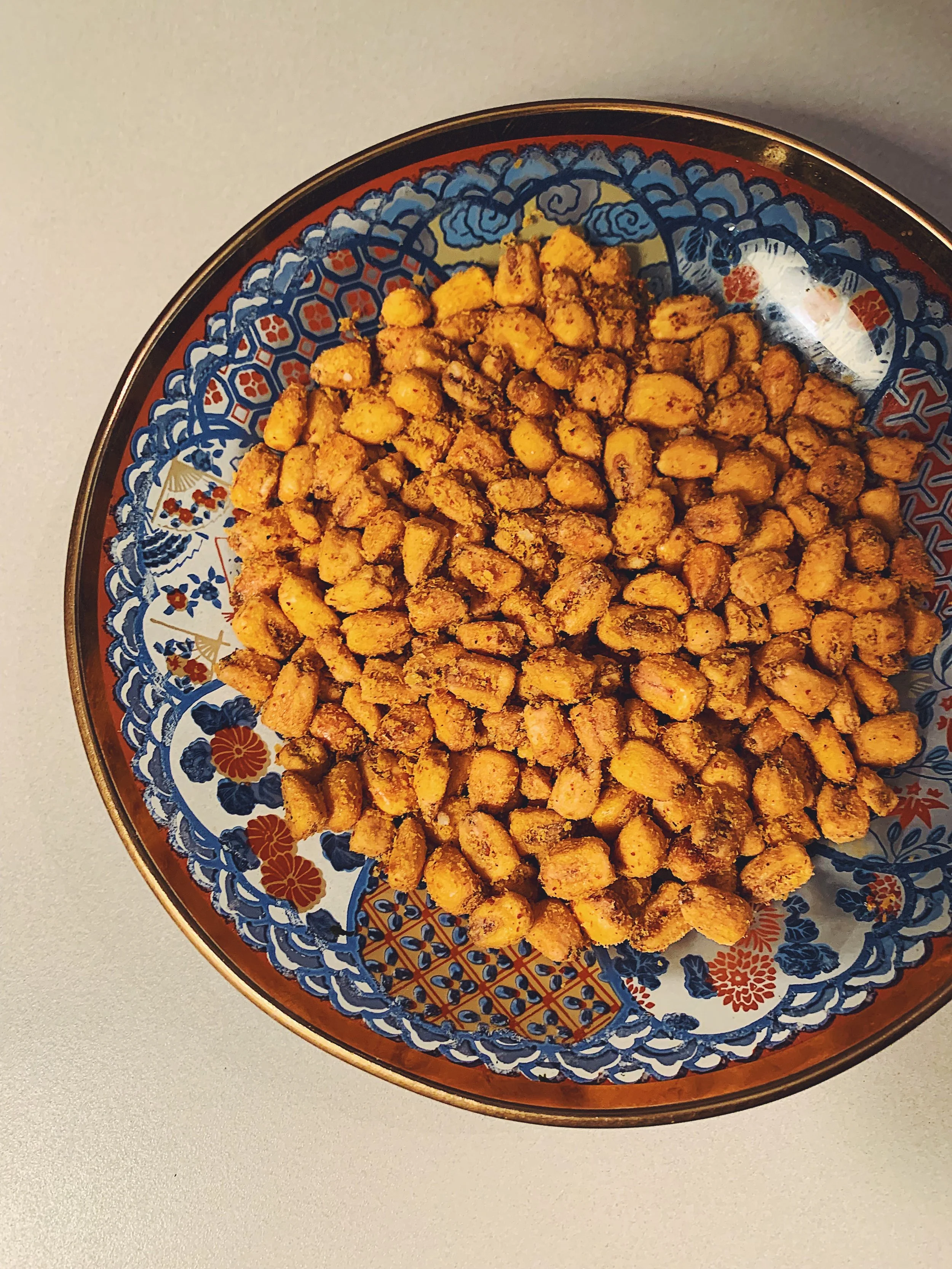There was this bagel shop near my high school that served a freshly baked, toasted sesame seed bagel with cream cheese for $5.50. Besides going to Panera for a cup of their tomato soup, this was my ideal lunch, which I ate often.
One day in line at the bagel shop, I heard the person in front of me order a toasted bagel with lox and cream cheese. I hadn’t the faintest idea what lox was. Since these were the olden days, and I didn’t have a smartphone to look up quick definitions or Google Image search for clues, I had to use my good old fashioned virtues of paying really close attention. As we all stood by the counter, waiting for our order number to be called, I kept my eye on the lox-orderer. Of course, the last thing I expected to see was cured salmon. When I saw that plate of bagel and cheese topped in fish, I couldn’t help but say “gross!” out loud. To this day, I don’t know if the lox-orderer heard me.
Also, to this day, I’ve never ordered a bagel with lox and cream cheese. I have absolutely no desire for it, mostly due to texture (can you say slimy?). So when I saw this gravlax recipe, I had two reactions: 1) “what is gravlax?” and 2) “oh no.”
Answer key:
Gravlax is Nordic salmon dish that consists of salmon cured (never smoked) in salt, sugar, and dill. Alison’s definition adds scotch, lemon zest, and aleppo pepper.
There are two main steps to making Alison’s Dad’s gravlax. First, you must make the ingredients become intimately acquainted with one another. Start by pouring a tablespoon of scotch over the fish. Then, after massaging the other ingredients listed above into what feels like “wet sand,” rub them on top of the salmon. Second, you must prepare it for curing. This involves tightly wrapping the fish and cure in many layers of saran wrap. Then poking a few holes in the wrapping on the bottom. And finally, placing the salmon on a rack inside of a baking sheet with a plate and heavy skillet on top to press the cure into the salmon. Over the next 3-5 days (I decided on 4), water creeps out of the salmon and it becomes cured.
My worst fears didn’t come true. Yes, the salmon is somewhat slimy, and yes, it was a mental battle for me to get over that fact. But the flavor is so complex and interesting and in your face, that it overrode any focus on texture. Seriously -- the flavors of scotch, pepper, and lemon are so strong, that I couldn’t think of anything else. If I were to make this again, which, who knows, I might some day, I would stop the curing at 3 days for a slightly fresher taste. But I can’t stress enough how much the flavor distracted me from what I was most wary of.
It helped that I served the fish with other delicious things: gluten-free bagel, almond milk cream cheese, cucumber slices, and lemon.
To answer your ever-burning question, will I now become a lox-orderer after making Mr. Roman’s gravlax? The answer is, likely not.
148 recipes cooked, 77 to go.



